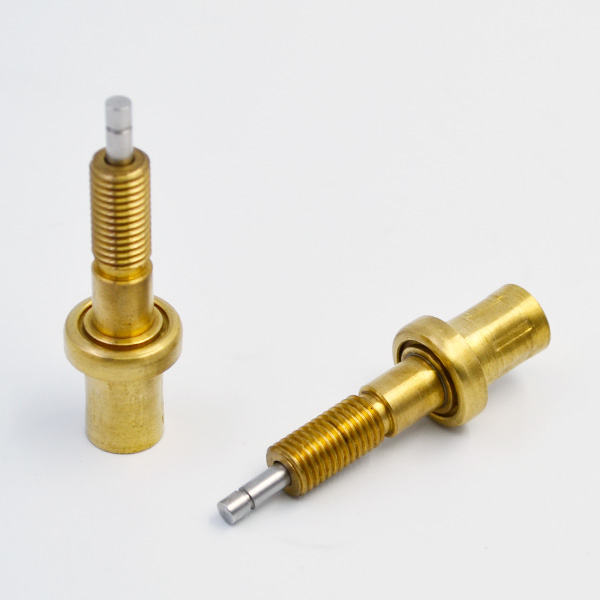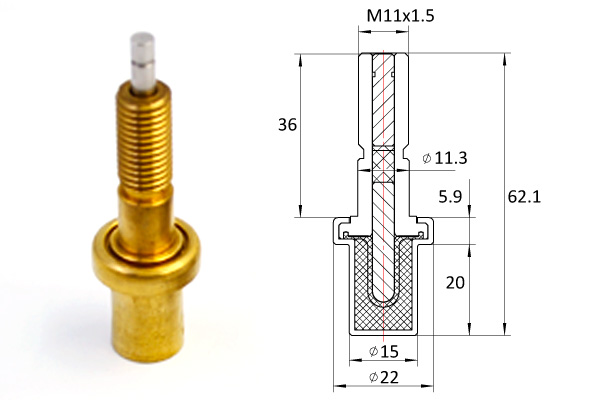In view of the curriculum objectives and teaching characteristics of microcontroller technology for computer majors in Colleges and universities, project-driven teaching method can give full play to the leading role of teachers and the main role of students, effectively improve teaching efficiency and quality, and cultivate students’comprehensive ability in microcontroller technology curriculum.
Microcontroller technology is a technology that college computer students must master.

Students should not only master the basic skills of interface application of microcontroller, but also have the ability of practical engineering application. Therefore, it is practical and difficult to learn. In traditional MCU teaching, dozens of hours are usually set up, and the teaching mode of “theory teaching” and “experiment teaching” is usually adopted. “Theory teaching” mainly teaches theory, which is abstract and boring.
The experimental teaching only does some confirmatory experiments, and the teaching effect of the course is general.

”Unity of teaching and doing” refers to the aim of training talents needed for economic and social development, the carrier and goal of teaching activities, the organic unity of teaching and doing in doing, learning by doing, promoting doing in teaching and on the basis of doing. Under this kind of teaching relationship, teachers are the main body of teaching and the main task is to guide students to learn, while students are the main body of learning and doing. The main task is to learn, learn knowledge and master skills by doing the links in person. “Project teaching method” is a teaching activity carried out through the implementation of a complete project. Its purpose is to combine theory with practice in classroom teaching, fully mobilize students’learning enthusiasm, and cultivate students’ comprehensive ability and innovative ability to solve practical problems.
In order to solve the problems of difficult learning, inefficient teaching and general teaching quality of microcontroller technology course, the teaching reform is carried out: breaking the teaching mode of “theoretical teaching”, “experimental teaching”, adopting the teaching mode of combining teaching with doing, abandoning “cramming” teaching method and adopting project-driven teaching method is an effective measure. According to the curriculum objective, teaching content and teaching characteristics of microcontroller technology, the teaching project is designed on the principle of appropriateness, practicality and gradual progress. Project requirements: Keil C51, Proteus, Easy and other software development tools; AT89C51 microcontroller for control; 8-bit diode for display; LED flashing time is 0.2 seconds; play: increase 1-2 display modes.
Project tasks: develop the overall design and production plan; design hardware circuit; compile software flow chart and design source program; debug and debug; install components, make water lamp, debug function indicators; complete project report. Contents: Internal structure of microcontroller; memory of microcontroller; IO port of microcontroller; pin and working state of microcontroller; instruction system of microcontroller; simple assembly program design; use of tool software. Project requirements: Keil C51, Proteus, Easy and other software development tools; AT89C51 microcontroller for control; buzzer for output. Project Task: Ibid. Content: Microcontroller timing/counter; Buzzer circuit connection. Project requirements: Keil C51, Proteus, Easy and other software development tools; AT89C51 microcontroller for control; 8-bit diode for display.
Project Task: Ibid. Contents: Microcontroller interrupt system; Digital tube display interface; Assembly program design; Tool software use. Project requirements: Keil C51, Proteus, Easy and other software development tools; AT89C51 microcontroller for control, using serial communication mode to transmit data; 8-bit diode for display; communication distance up to 8-10 meters. Project Task: Ibid. Contents: serial communication of microcontroller, standard of serial bus; serial port and serial communication of microcontroller and simple communication protocol; communication between PC and microcontroller; port control; C51 programming. Project requirements: Keil C51, Proteus, Easy and other software development tools; AT89C51 microcontroller for control; LCD for display. Project Task: Ibid. Contents: the working principle of LCD; the method of simulating LCD clock display with Proteus software; and the programming method of LCD clock display. Project requirements: Keil C51, Proteus, Easy and other software development tools; AT89C51 microcontroller for control; 2-digit digital tube for display. Project Task: Ibid. Contents: the working principle of digital tube; programming method of digital stopwatch; timing / counter. Project requirements: Keil C51, Proteus, Easy and other software as development tools; AT89C51 microcontroller as control; LCD as display; with the function of setting and clearing 6-bit password. Project Task: Ibid. Contents: the working principle of matrix keyboard; the application of LCD 1602; C51 programming. In the process of implementation, project teaching method implements various projects in the order from simple to complex. The implementation of each project is generally guided by the action-oriented teaching principle. The teaching process is implemented in four stages: information, thermostatic element planning, decision-making, implementation, testing and evaluation. In the first step, the teacher puts forward the project requirements and tasks.

Under the guidance of the teacher, what is the student supposed to do? What should he learn? The teacher conducts individual or collective guidance to students through case studies and demonstrations, so that the students can basically complete the project. The second step is planning and decision-making. The students work out the implementation plan of the project under the guidance of the teacher. In the third step, students complete the project tasks according to the plan and plan. Students develop their skills by discovering problems, solving problems and learning knowledge. Teachers give individual instructions. The fourth step is inspection and evaluation. Teachers and students check the quantity and quality of students’projects, and make evaluation and score according to the evaluation criteria. Students’self-examination and teachers’ comments make students’knowledge and skills perfect and improve. In the implementation, the teaching process and project completion process are unified. Students learn by doing, teachers teach by doing, and acquire knowledge and cultivate ability are unified. Adopting project-based teaching method and combining theoretical teaching with practical teaching organically will not only help students to deepen their understanding and grasp the theoretical knowledge of books, but also enable students to understand how to apply the knowledge and skills they have learned flexibly to solve practical problems, and at the same time improve the quality of teachers. The implementation of this teaching method is more in line with the characteristics of most students and will be in more and more courses. It has been implemented.
